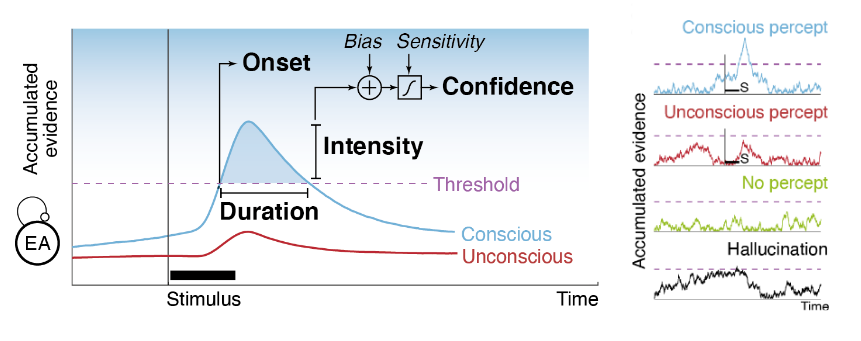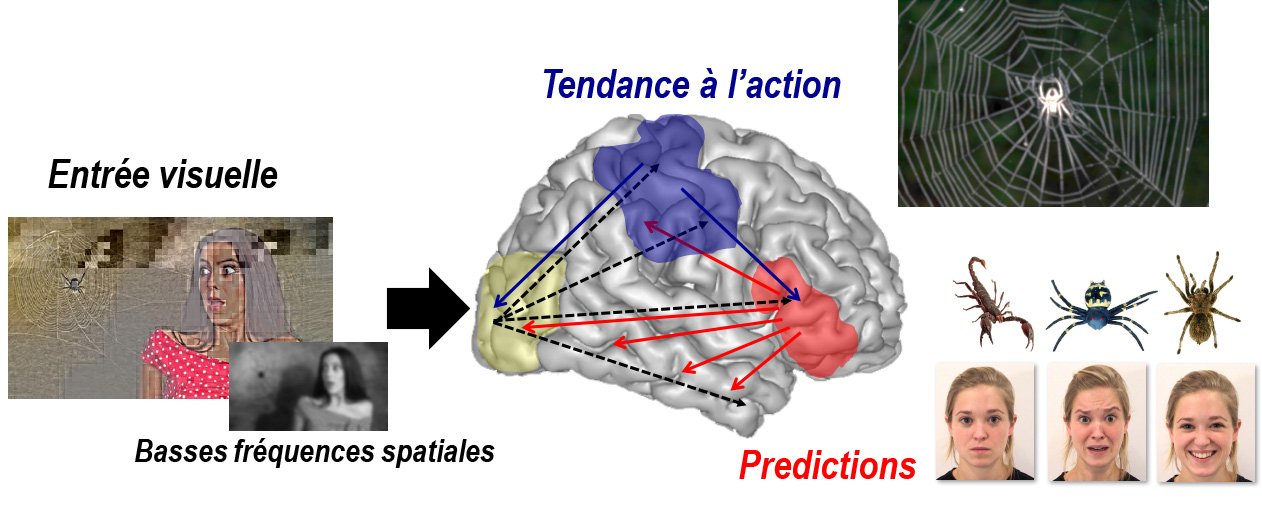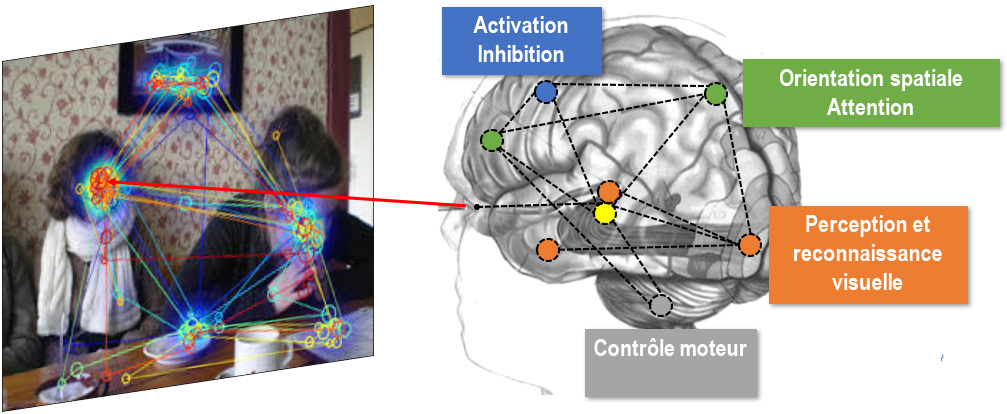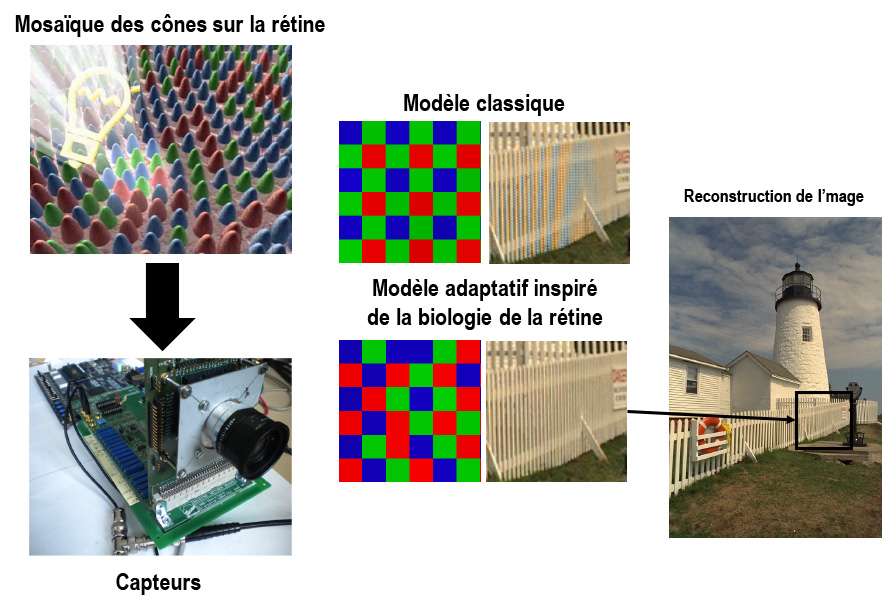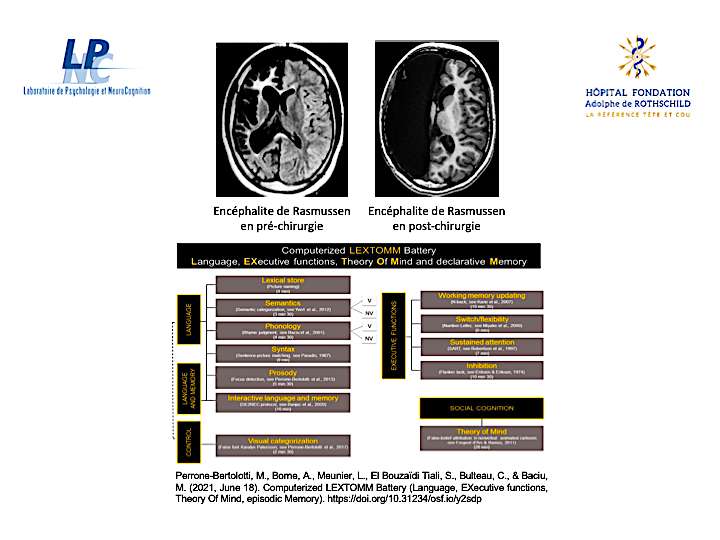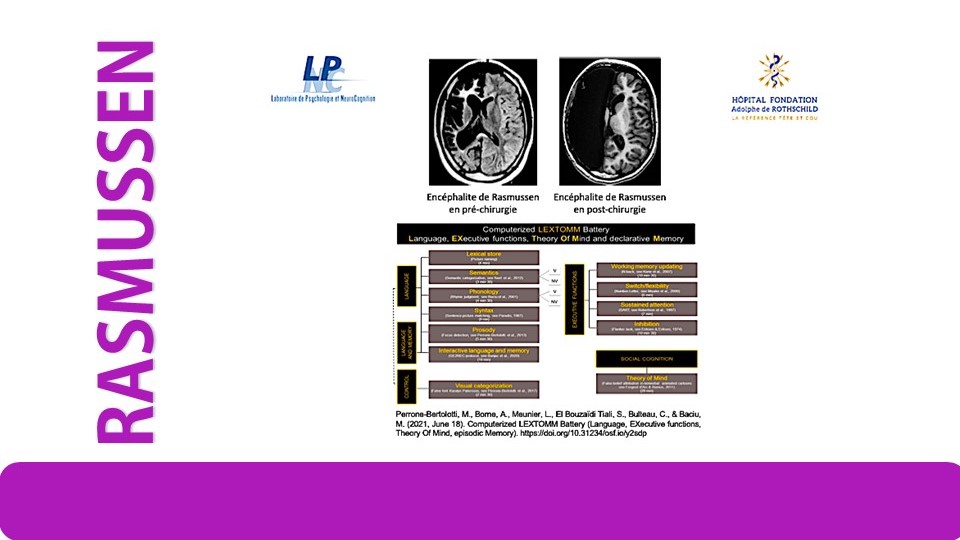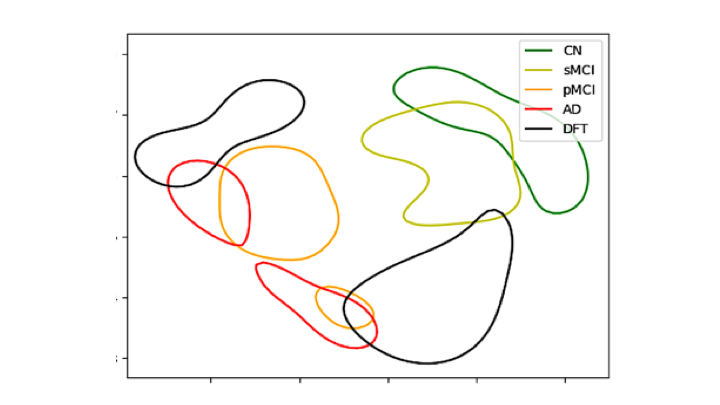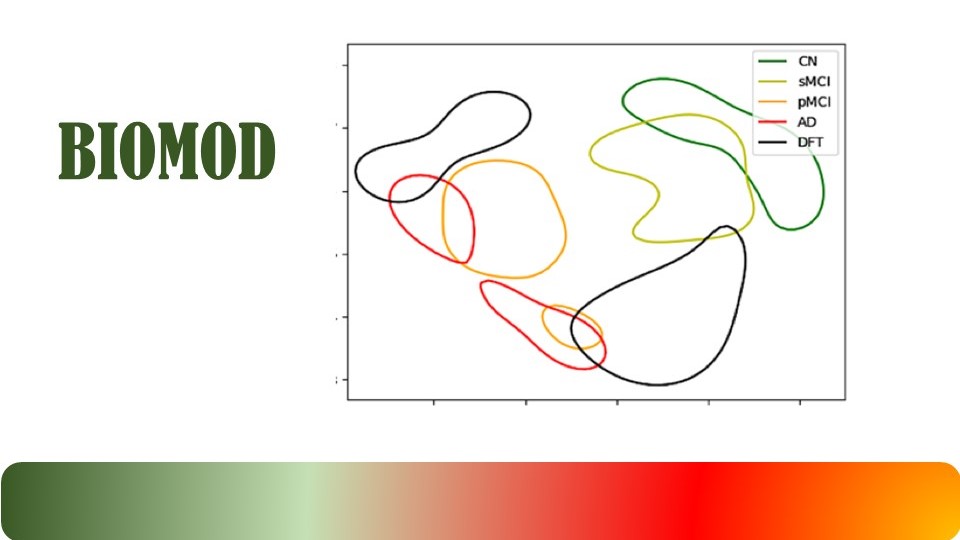Equipe Langage,
Research
Neurocognitive reorganization of Language and Memory in patients with temporal lobe epilepsy. An integrative and multidisciplinary approach – REORG
The main goal of this basic-research and clinical application proposal entitled REORG is to assess preoperative and postoperative language and memory neuroplasticity in patients with temporal and pharmaco-resistant epilepsy (TLE-PR), using a multidisciplinary and multimodal neuroimaging approach. Focal epilepsy – a neurological pathology associated with the functional reorganization of language and memory networks induced by either epilepsy or surgery – induces various patterns of anatomo-functional reorganization. Given the fact that the mechanisms and cerebral substrates of memory and language are interconnected and interdependent, it stands to reason that their plasticity should be evaluated in relation to each other. Hence what in fact needs to be assessed are the performance related dimensions of neuroplasticity patterns. In order to gain a full picture of neuroplasticity, its functional and anatomical parameters should be measured. For addressing this main goal, a key prerequisite of the present proposal is collecting data concerning cognitive scores (Cog, neuropsychological testing), as well as the following biomarkers of multimodal neuroimaging: fMRI activity (Nphy), resting-state fMRI functional connectivity (FCt); and DTI anatomical connectivity (fractional anisotropy, FA). Using our cerebral activity and functional parameters as a basis, we will develop functional lateralization indices (LI-Nphy and LI-FCt) at the hemispheric (left, right) and regional (anterior, posterior) levels, for language and memory separately, and language and memory combined. Using FA, we will also determine anatomic LI (LI-FA) for language and memory at the hemispheric level only. We will then pursue the following objectives: Objective 1: CLASSEP (CLASSification of patients with EPilepsy) will provide statistically-determined robust data concerning preoperative and postoperative patterns of functional language and memory reorganization (PLAMf), based on the two types of functional LIs (LI-Nphy and LI-FCt), using a hierarchical-classification data-driven clustering approach. Hierarchical clustering allows for the identification of patient groups that are similar with respect to a series of variables. The algorithm will be applied both preoperatively and postoperatively, with the goal of detecting typical and atypical PLAMf that are induced by either epilepsy or surgery; Objective 2: PREPS (Pharmaco-Resistant Epilepsy Prognosis after Surgery) – an extension of objective 1 – involves application of a machine-learning classification algorithm using a series of parameters as features (clinical factors, Cog, Nphy, FCt, FA, LI-NPhy, LI-FCt, LI-FA, PLAM), in order to objectify relationships between a pre-surgical and a post-surgical date sets. PREPS will provide information on the postoperative risk (e.g., postoperative changes in cognitive scores), and allows for the identification of efficient functional reorganization patterns (PLAMf) for language and memory. We hypothesize that language-memory would be more useful for the efficient reorganization than language and memory considered separately. The classification algorithm will also be implemented for mobile apps to use by healthcare professionals on a daily basis. CLASSEP and PREPS will also use scalable (adaptable) algorithms to which additional features and parameters could readily be added. REORG will have significant benefits for the following: patients (better assessment of efficient functional networks and postoperative outcomes; neurocognitive evaluations tailored to individual patients within a personalized healthcare context); research and development (neurocognitive models of reorganization); new tools for preoperative evaluation of the postoperative cognitive outcomes; and public healthcare, regulatory bodies, and society in general (shorter hospital stays; reduced healthcare costs; improved patient quality of life, professional lives and integration into society).
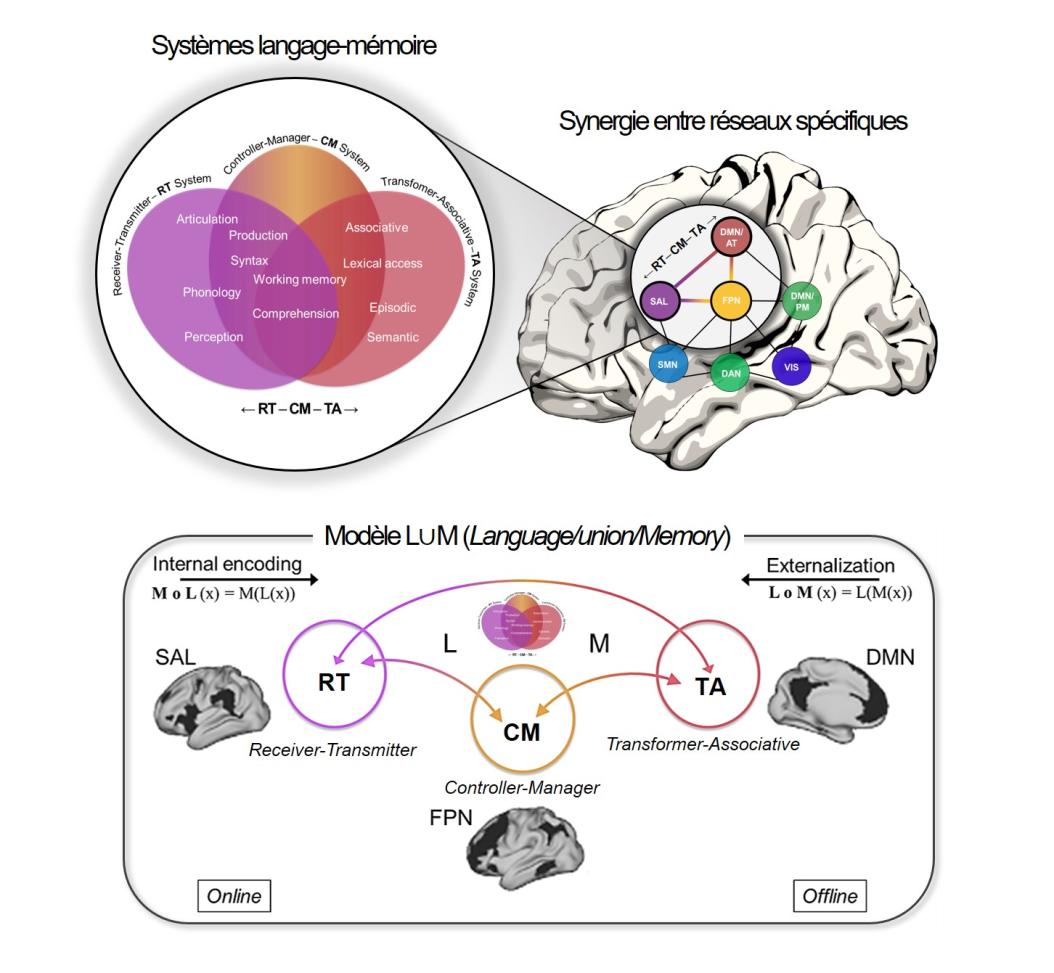
Modèle L∪M langage-union-mémoire (Roger et al., 2022)
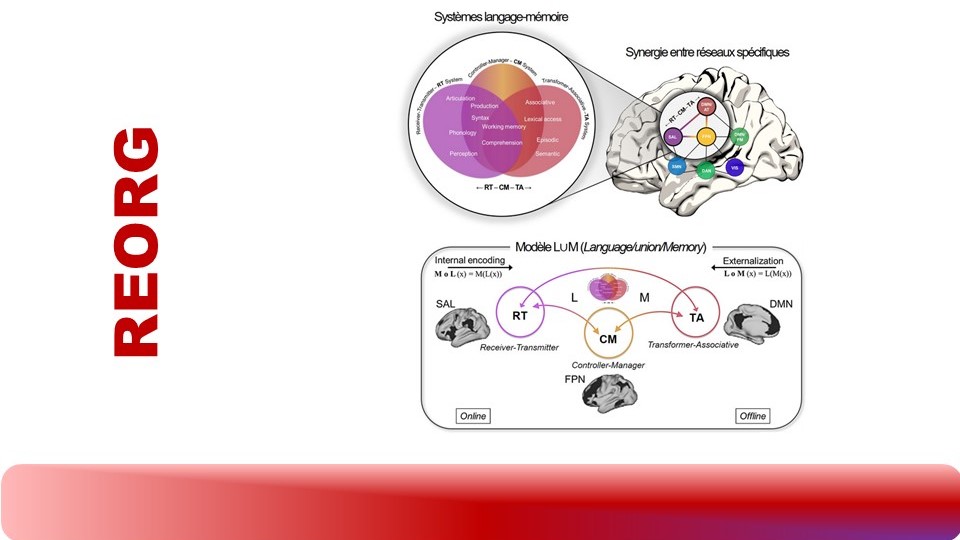
Coordonateur du projet, Partenaires et collaborateurs
Project coordinator : Monica BACIU
Partner :
LPNC Laboratoire de Psychologie et Neurocognition
NEL-FHU Epilepsie et malaises d'origine neurologique et laboratoire de physiopathologie de l'épilepsie & FHU Neuropsynov
IRMaGe UMS IRMaGe
Colleagues :
Sonja BANJAC
Elise ROGER (actually Université de Montréal)

